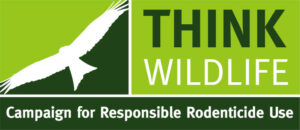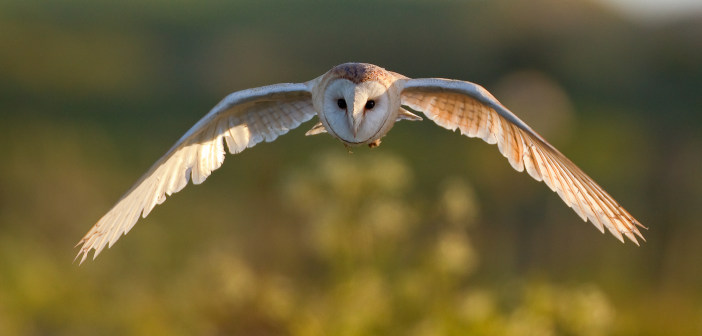Users of rodenticides are being reminded of their legal and farm assurance obligations to follow product label instructions diligently.
This follows surveillance by the Campaign for Responsible Rodenticide Use (CRRU), which found two-thirds of barn owls analysed had detectable liver residues of two or more second generation anticoagulant rodenticides (SGARs). Another 21% were positive for one SGAR and the highest frequency detections were of bromadiolone, difenacoum and brodifacoum.
For the first time in four years, since the CRRU began annual reporting of ‘SGAR residues in barn owls’, one specimen was identified where SGAR exposure was a possible contributor to the cause of death. Of the 100 per year examined, the other 399 across the four years died mainly from traffic trauma or starvation.
Compared with a 2006-2012 benchmark, several years before the UK Rodenticide Stewardship Regime was established, these latest results show no significant rise or fall in total SGAR residues. Moreover, the latest analysis was of birds that died during the second year of fully operational stewardship controls.
 However, the results are said to come at a sensitive time, according to CRRU chairman Dr Alan Buckle. The stewardship regime will be reviewed formally by its HSE-led Government Oversight Group during the next two to three months.
However, the results are said to come at a sensitive time, according to CRRU chairman Dr Alan Buckle. The stewardship regime will be reviewed formally by its HSE-led Government Oversight Group during the next two to three months.
The liver analyses and data reporting are carried out independently for CRRU by the UK Centre for Ecology and Hydrology, Lancaster. The full report can be read here.
Further information is available at www.thinkwildlife.org


